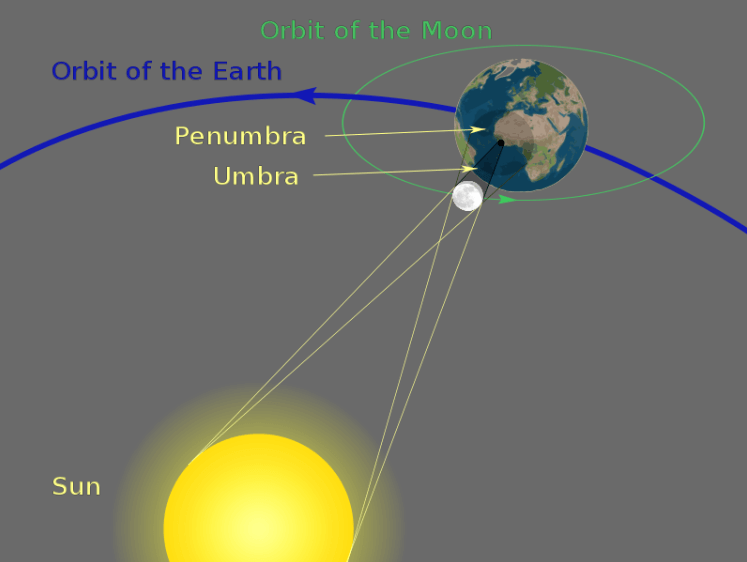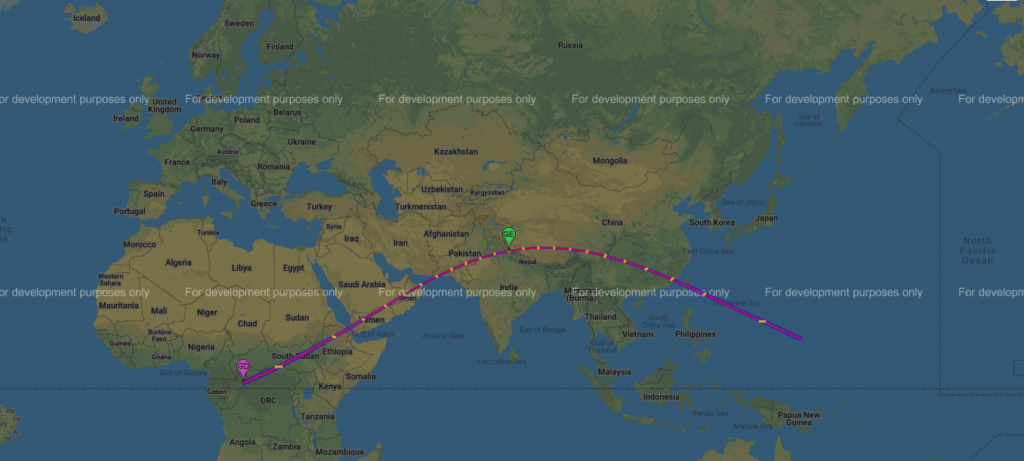ArticlesNo Comments
A solar eclipse occurs when Sun, Moon and earth are all aligned. Moon casts a shadow over the Earth because it blocks the sunlight. The disk of the sun is partially or fully obscured by the moon. The orbit of the Moon is tilted more than five degrees to the Earth’s orbit around the sun, this makes shadow to miss the earth. Solar eclipse occurs when the moon is near to the ecliptic plane during the new Moon. Moon’s orbit crosses the Earth’s ecliptic two times every draconic month.

Solar eclipses happen with two or a maximum of five each year, with a maximum of two total solar eclipses. However, total eclipse depends on the position of an observer on Earth and its alignment with the centers of the Sun and Moon. Since Moon has also an elliptical orbit, its apparent size is not too large enough to block the entire Sun. Solar eclipses are of four types: total eclipses, annular eclipse, hybrid eclipse, and partial eclipse. In total eclipse Moon is completely obscure by Sun, allowing only fainter solar corona to be visible. An annular eclipse occurs when Sun and Moon are exactly in line with Earth and the size of the moon is smaller than that of Sun.
Hybrid eclipse which rarely occurs is a shift between total and annular eclipse. At some points on earth, it appears to be a total eclipse and at other points, it appears as annular. Partial eclipse occurs when Sun and Moon are not exactly in line with Earth and the sun is only partially obscured by the Sun. Partial eclipses can be observed through a darkening filter because the partial eclipse is unnoticeable in terms of Sun’s brightness. It takes about 90 % coverage to notice any darkening.
Central eclipse is an eclipse in which the central line of the Umbra (shadow) touches the Earth’s surface. It is often used as a generic term for total, annular or hybrid eclipses.
Phases occurring during a total eclipse are termed as
- First contact: It is when Moon’s edge is exactly tangential to the Sun’s edge.
- Second contact: Here almost entire Sun’s disk is covered.
- Totality: Here Moon completely obscures the Sun and there is only visibility of Solar corona.
- Third contact: This is when the first bright light from the Sun becomes visible and the shadow of the Moon is moving away from the observer.
- Fourth contact: This is when the trailing edge of the Moon ceases to overlap with the Sun’s disk and there is an end of the eclipse.
Solar eclipse will be occurring on June 21, 2020. This will be visible from parts of Africa, Southeast Europe and most of Asia. Partial eclipse can be visible from northern Australia. At the peak, Sun will be blocked to 99.4 %, which can be visible from the northern part of India. The second total eclipse will be occurring on Dec.14 2020.




Be the first to post a comment.